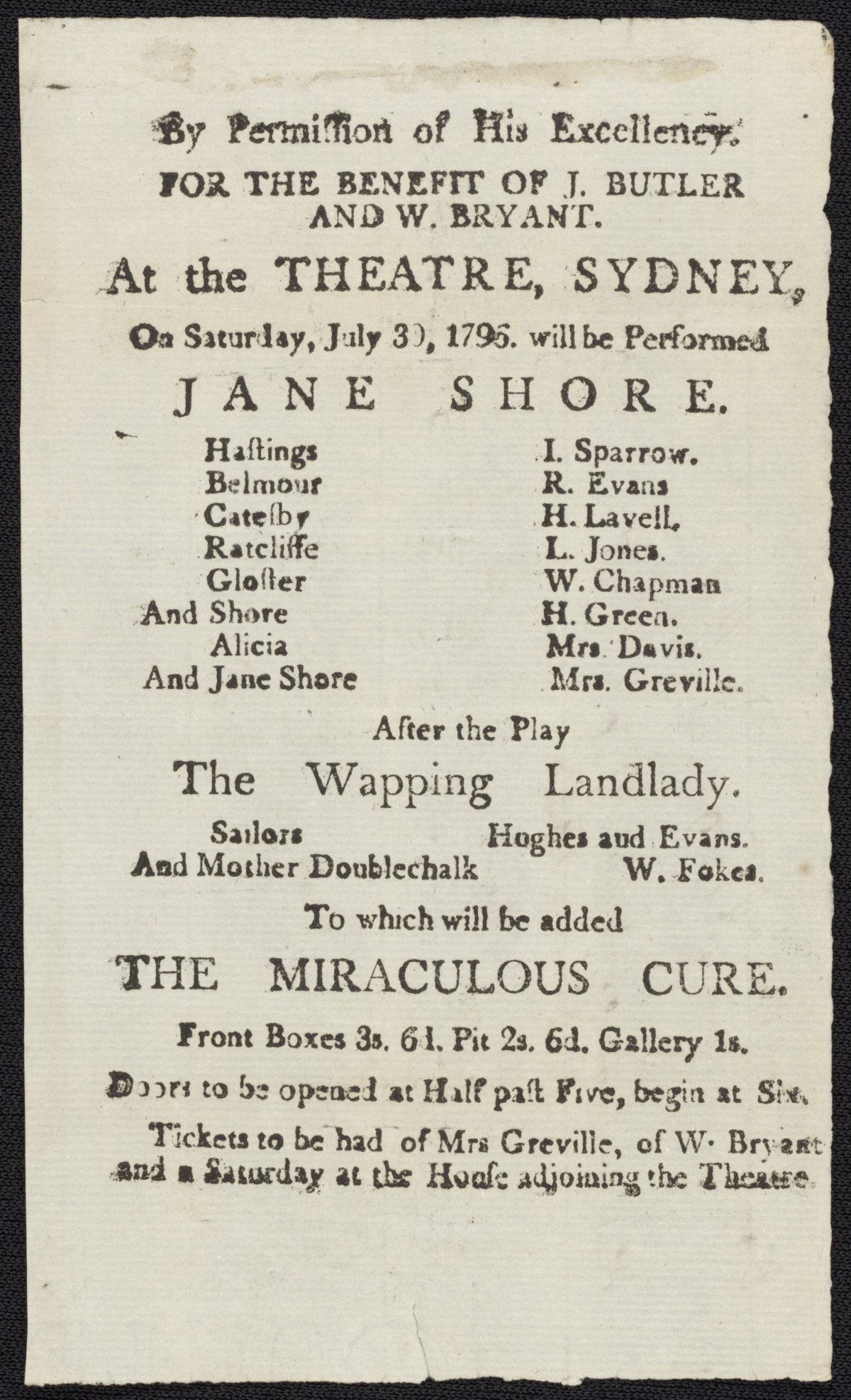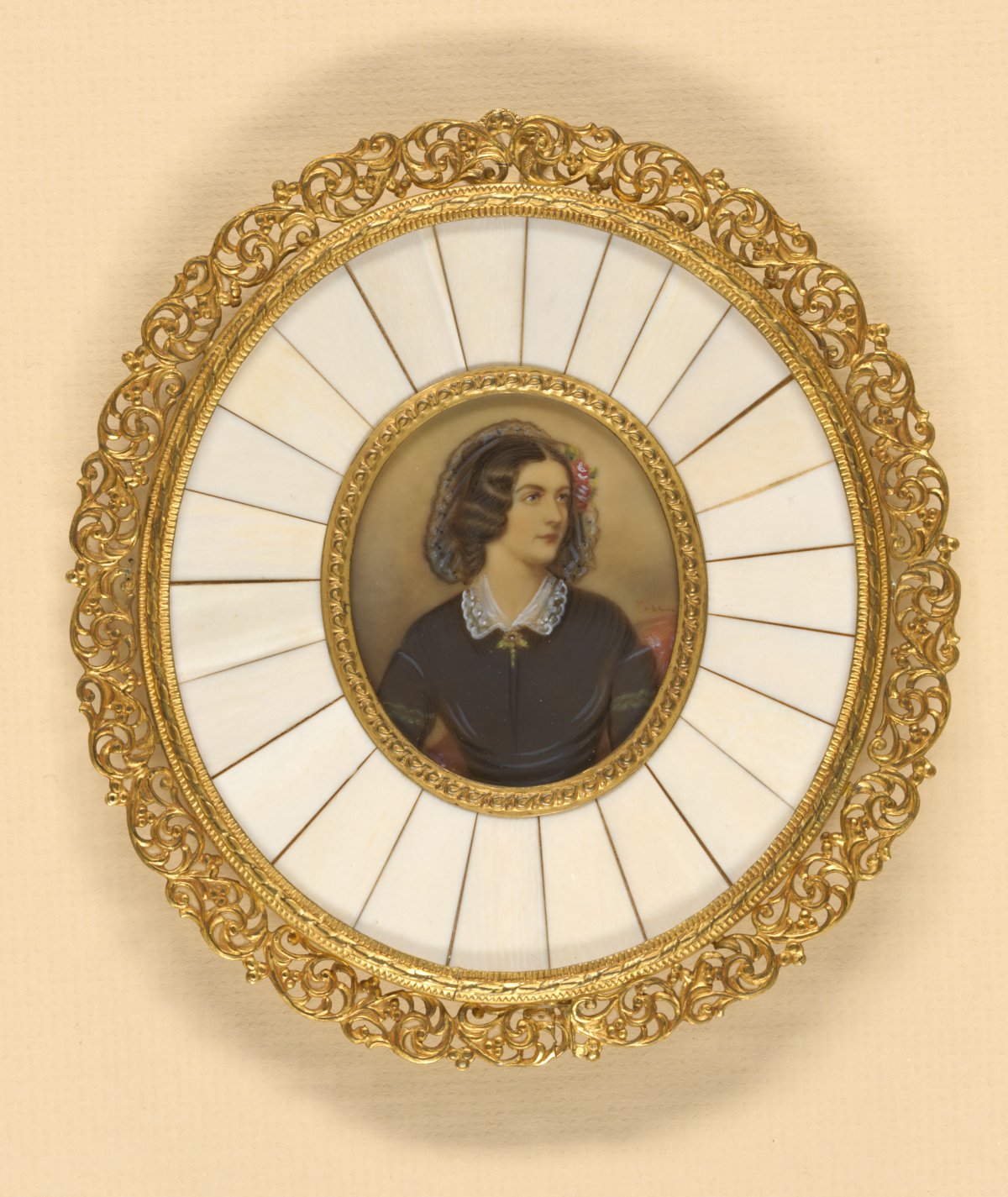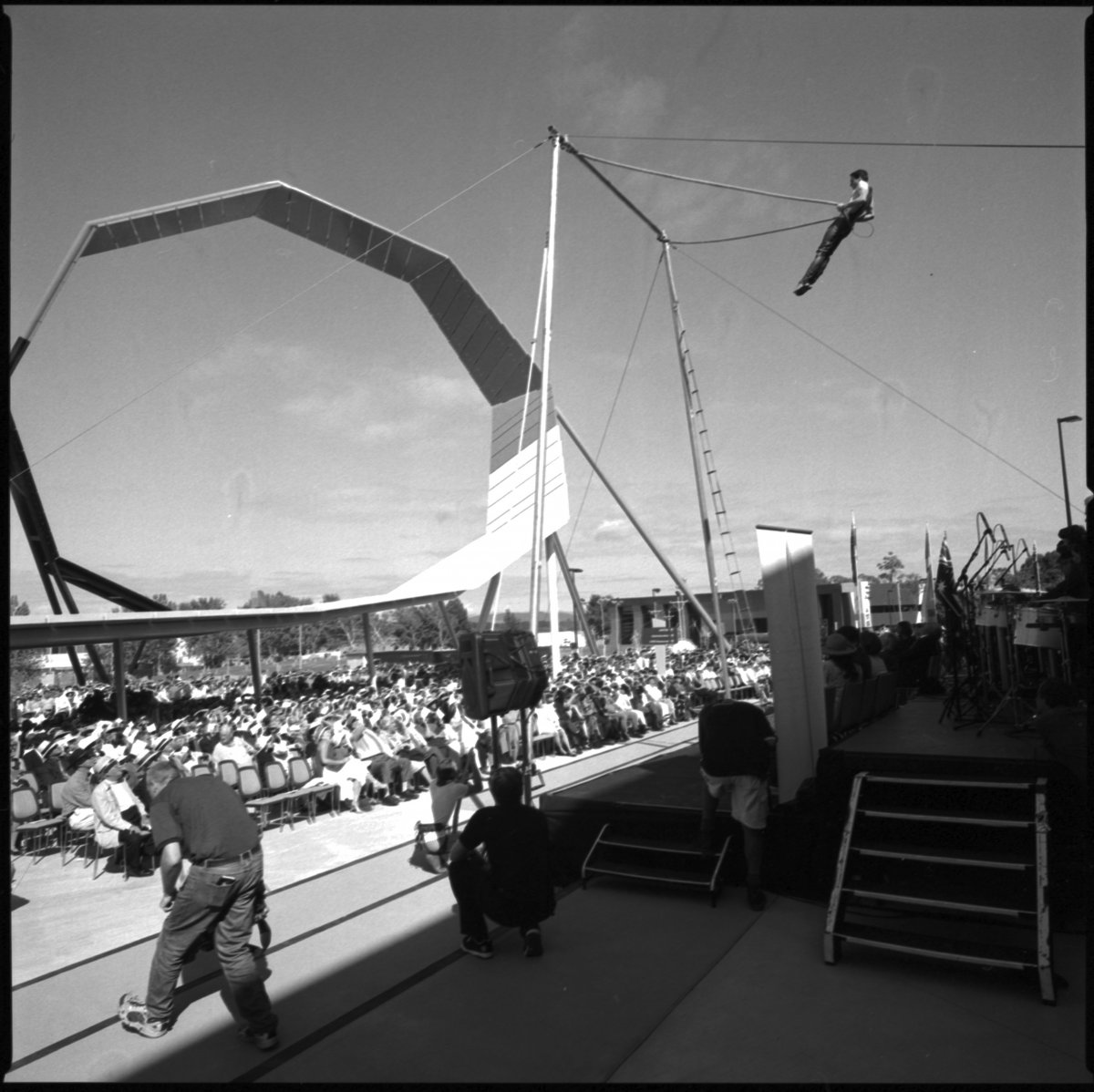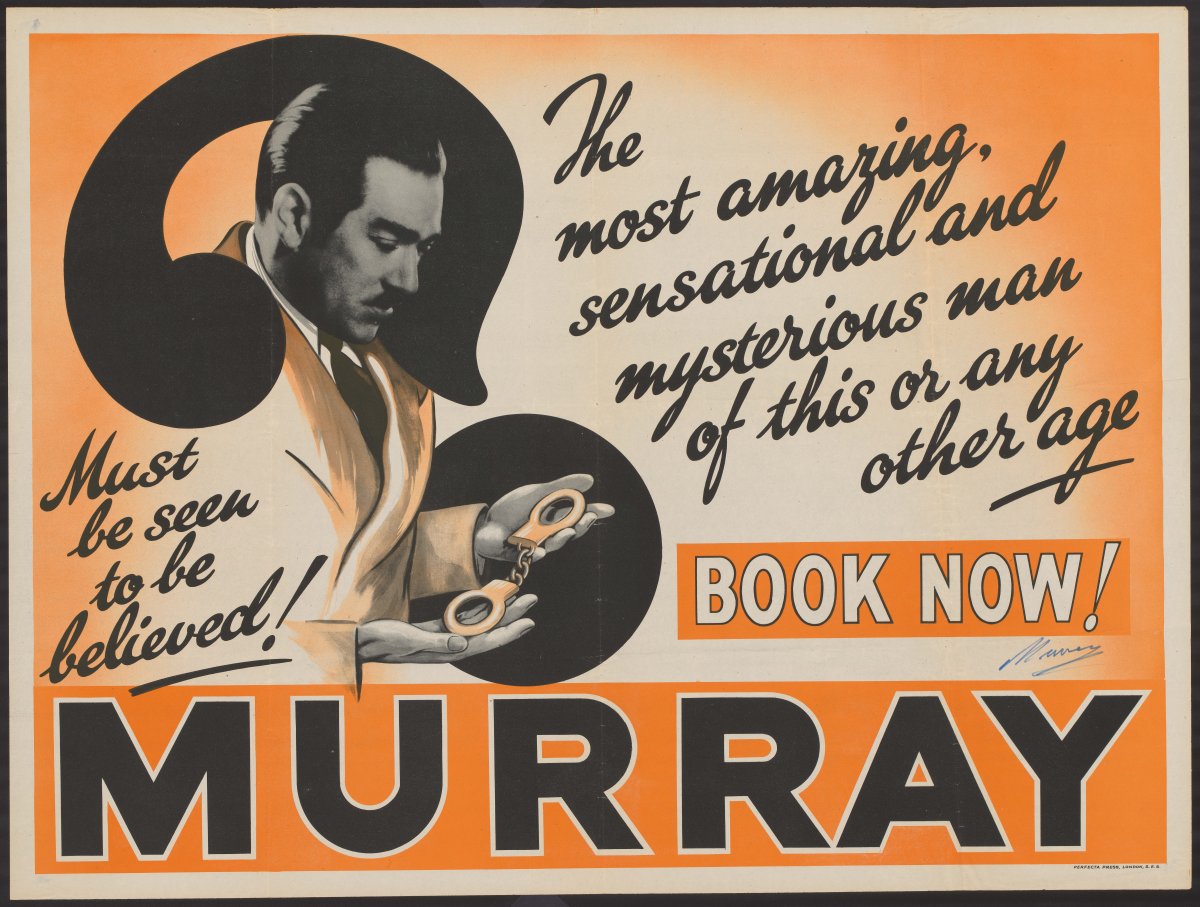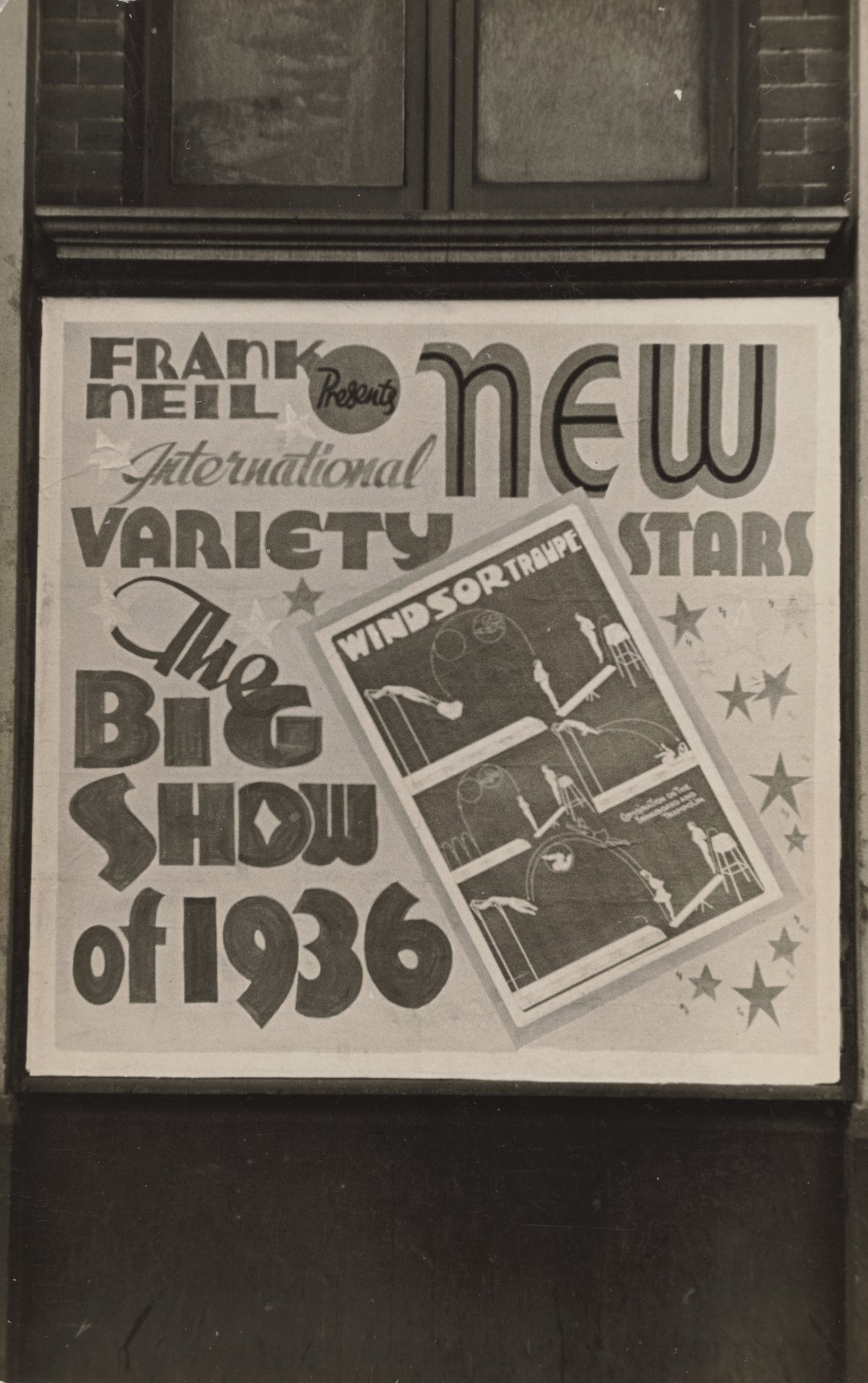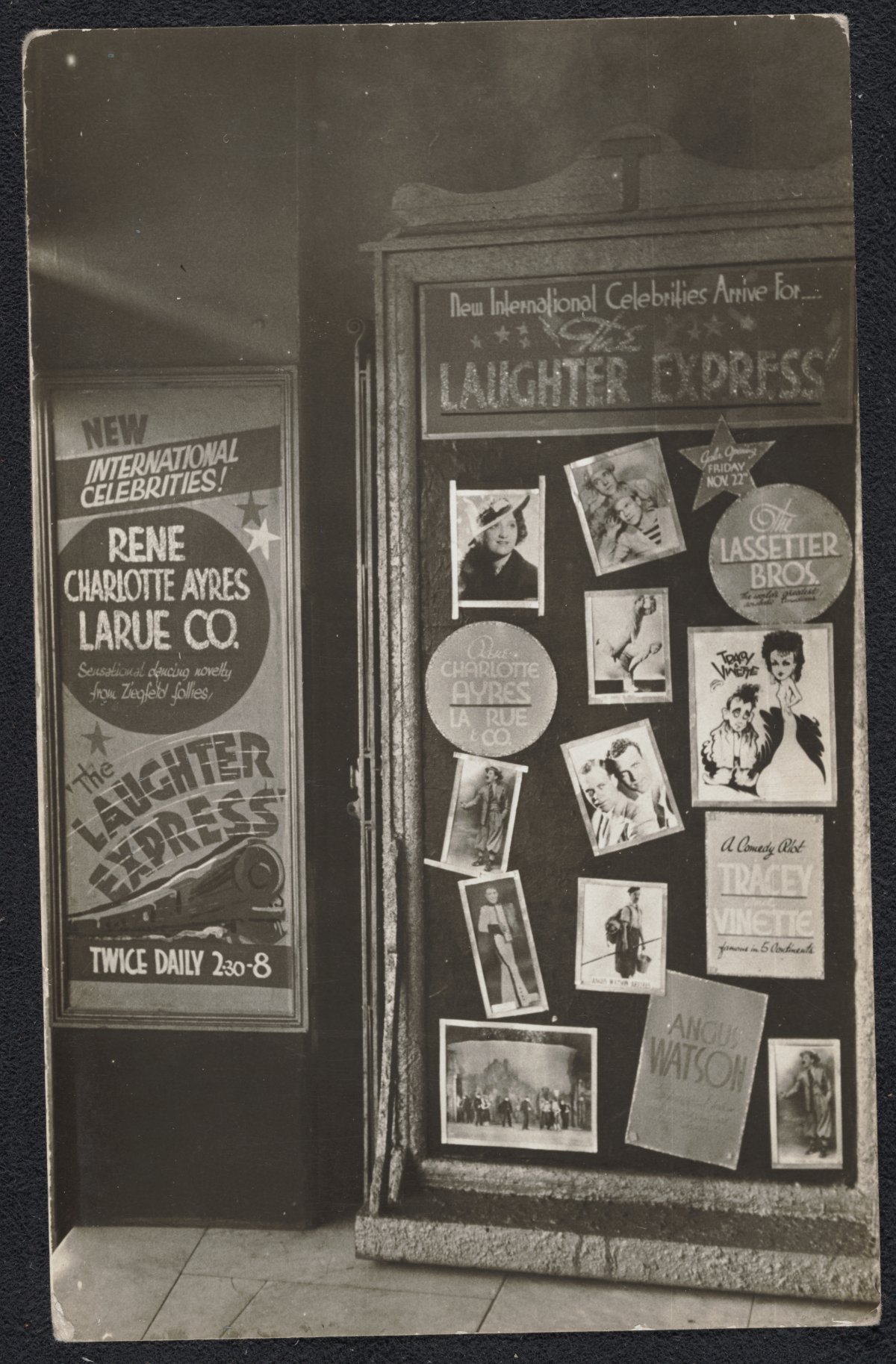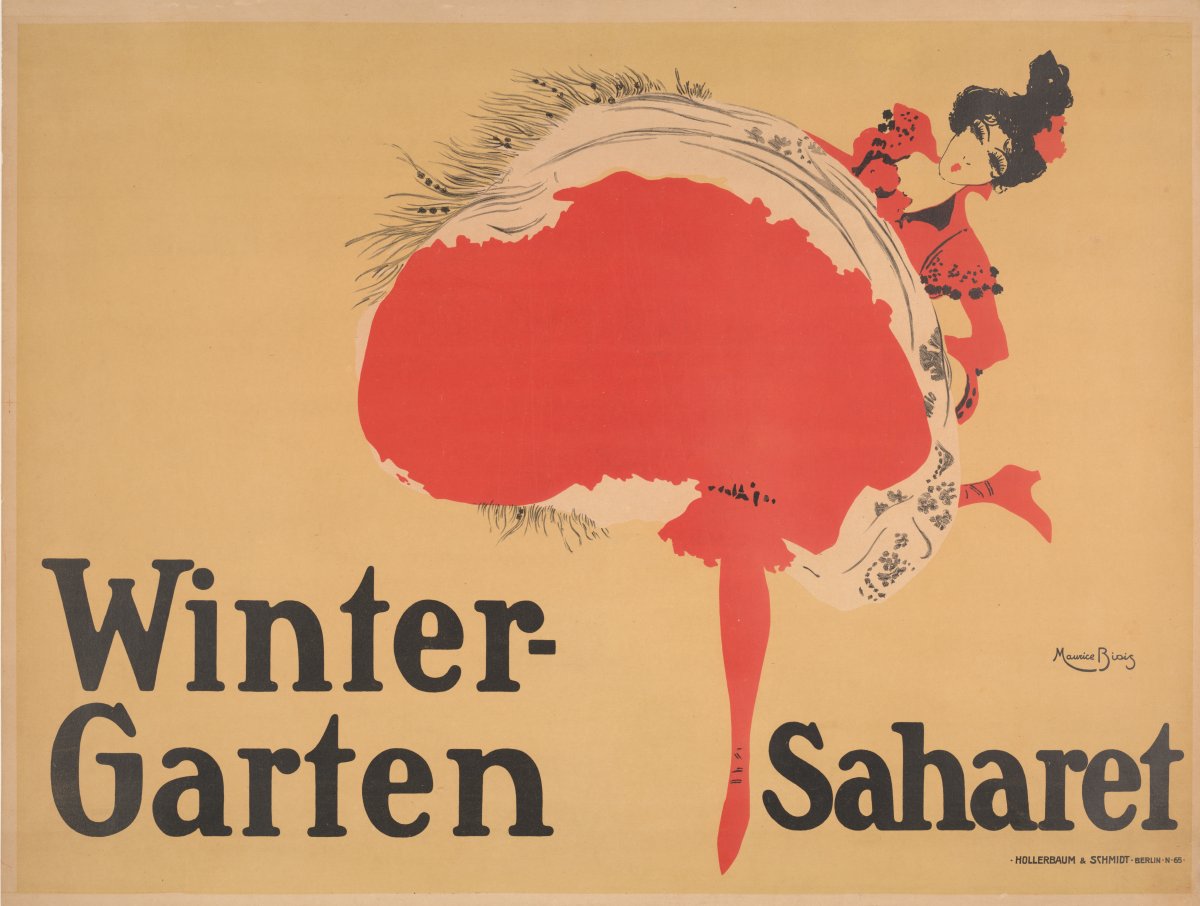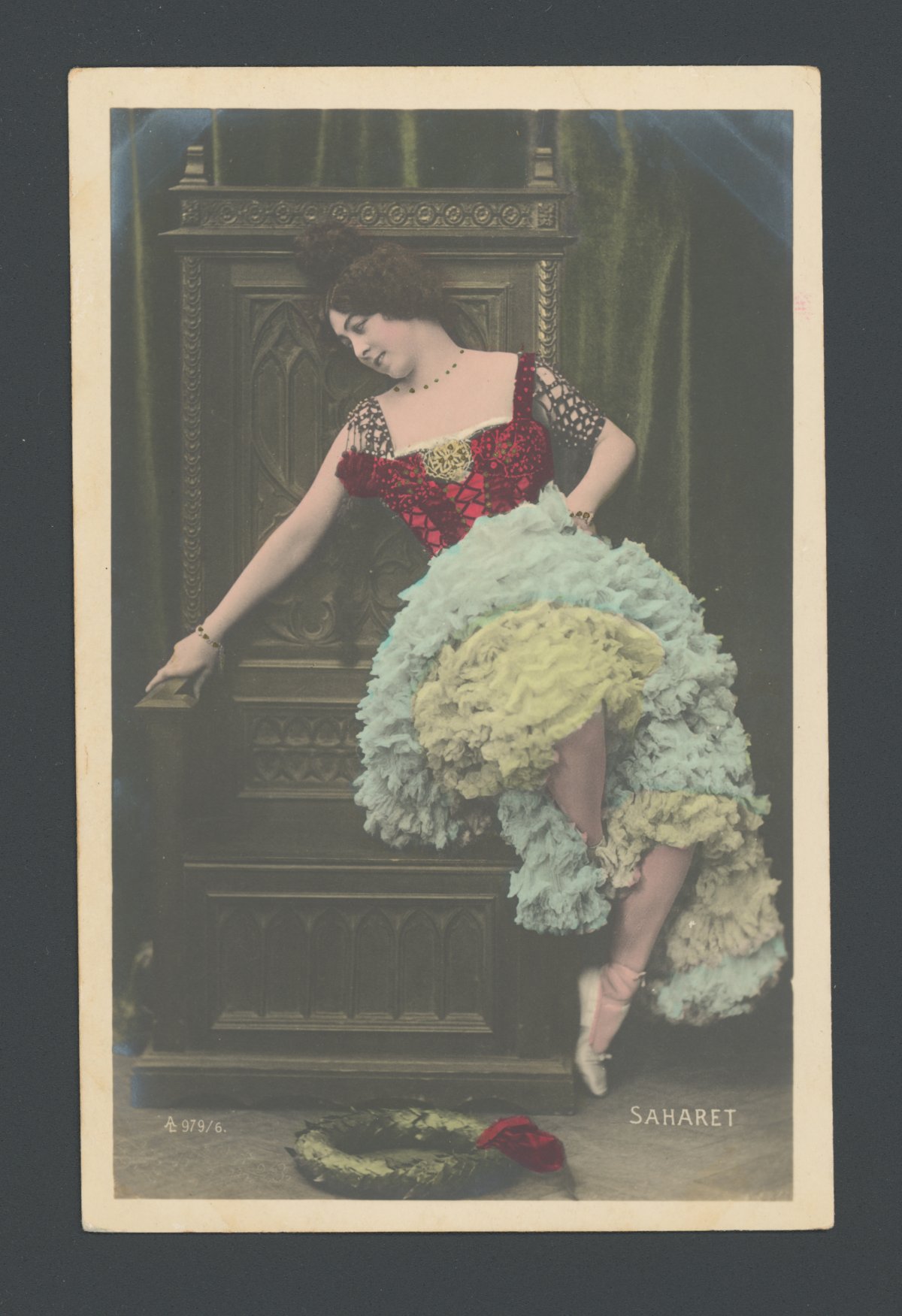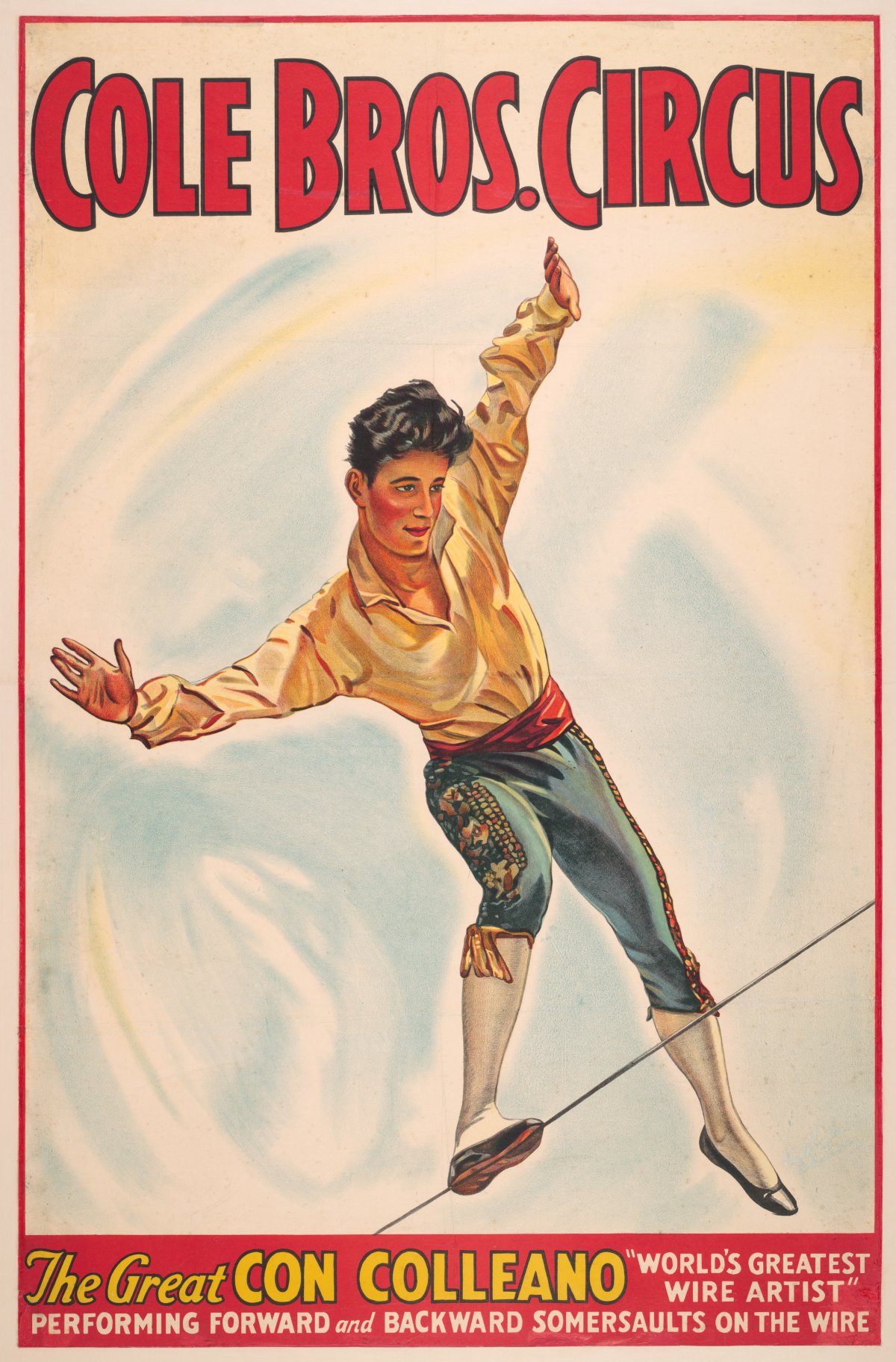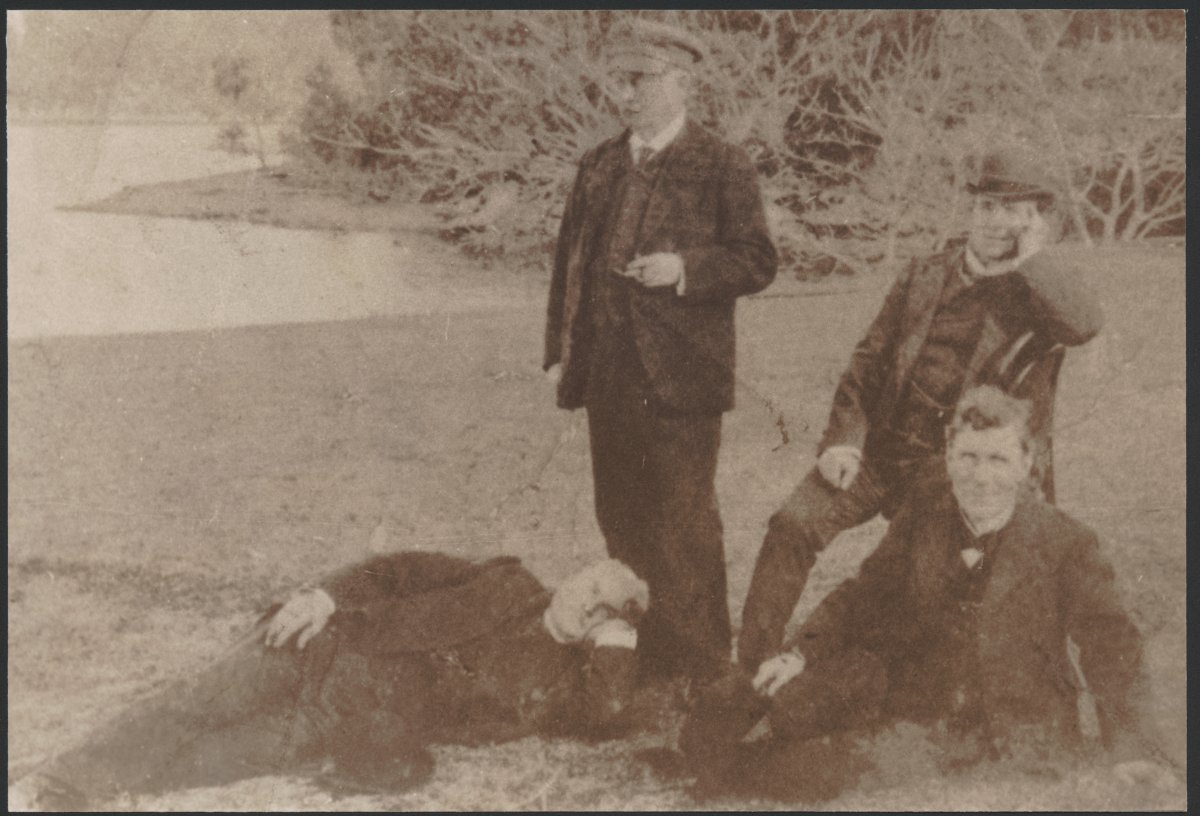Beginnings
Indigenous performance has been a part of this continent for thousands of years. While Indigenous performance is often tied with traditional ceremony, song and dance are a vital, vibrant part of Indigenous culture today, both in exploring new musical styles and celebrating the traditions of the past. This passion for dancing and traditional music has been a part of First Nations life throughout history as a way to pass on stories of ancestors and creation.
European theatrical traditions came to Australia’s shores with the arrival of the First Fleet and European settlement, commencing in 1788. The first theatrical production staged in Australia was The Recruiting Officer, which had been written by George Farquhar in 1706. It was performed by convicts in 1789.
Sydney’s first theatre was said to be opened in 1796 and was managed by Robert Sidaway. Its location is subject to conjecture, with many claims as to the first site of the building. The theatre was judged by Governor John Hunter as a corrupting influence and was closed in 1798. It reopened briefly in 1800 but was closed permanently shortly after. Convict performances were reportedly sustained throughout the colony until around 1840.
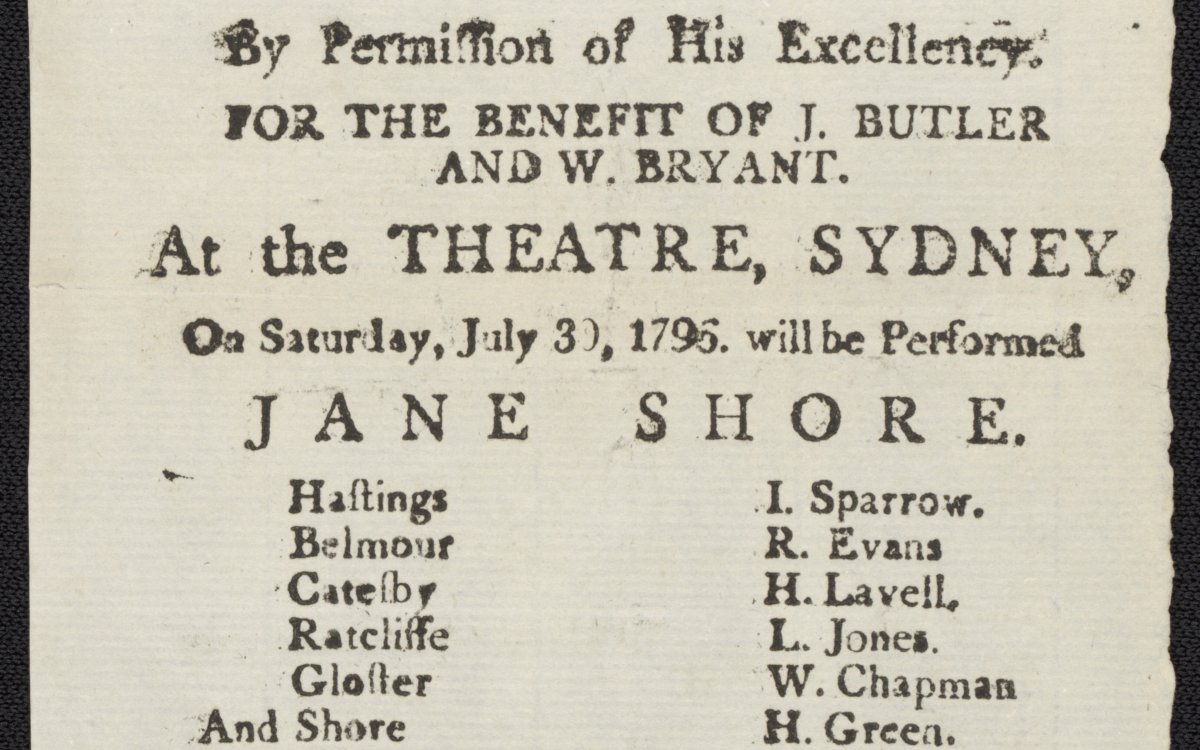
Hughes, George & King, Philip Gidley & Chalmers, George & Turner, Dawson & Rowe, Nicholas & Forde, Brownlow & Library and Archives Canada & National Library of Australia. (1796). For the benefit of J. Butler and W. Bryant : at the Theatre, Sydney on July 30, 1796 will be performed Jane Shore ... : after the play The Wapping landlady ... to which will be added The miraculous cure http://nla.gov.au/nla.obj-1419486
The earliest known document printed in Australia is a playbill, a type of flyer, advertising a long evening’s entertainment at the Theatre, in Sydney. The audience were treated to a triple bill (three performances): a play, a comedy and a dance. The play was Nicholas Rowe’s tragedy of Jane Shore, performed in 1796. The performers, all convicts, organised everything themselves, including set design and costumes.
The playbill was discovered in the collections of Library and Archives Canada, formerly the National Library of Canada. Previously bound in a scrapbook that had been transferred to the library by Canada’s Library of Parliament in 1973, when investigations by the Library and Archives Canada revealed the significance of the playbill, it initiated the playbill's return to Australia as a gift to the Australian people. You can read more about Australia’s early arts scene and the playbill in “An early arts scene” Digital Classroom module.
Visiting Ladies
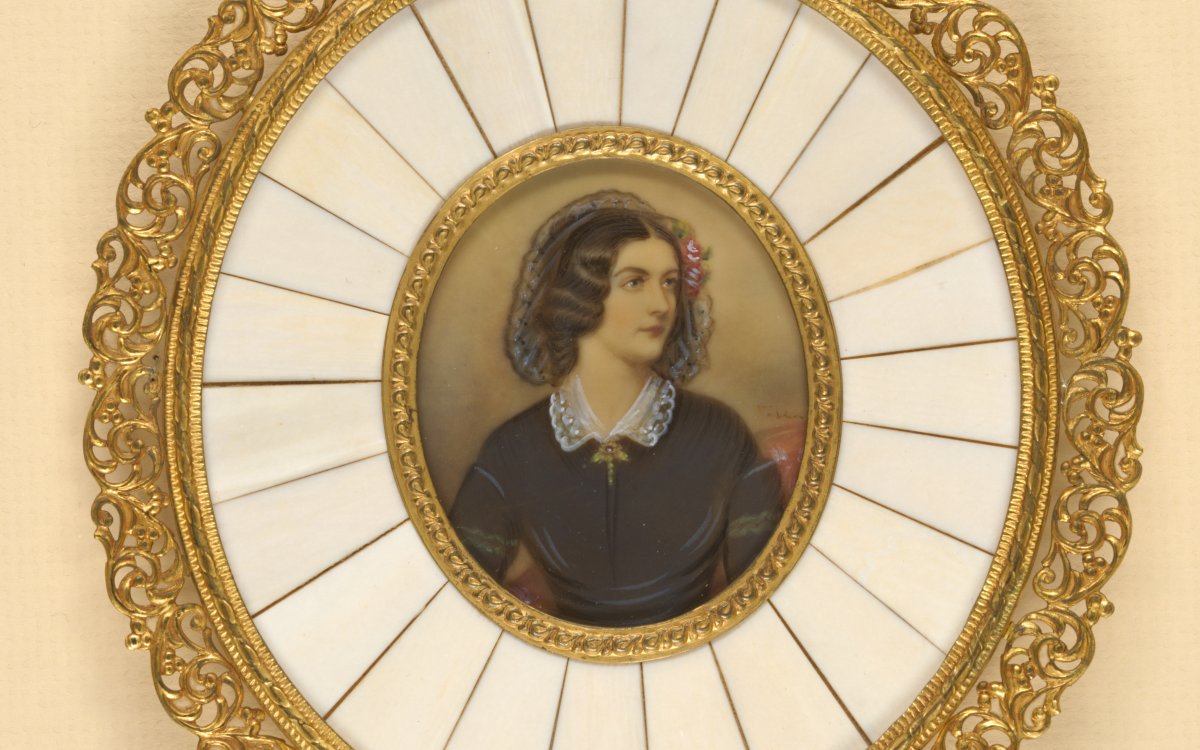
(1926). [Portrait of Lola Montez ca. 1855] [picture]. http://nla.gov.au/nla.obj-135569180
Several female performers visited Australia from the gold rush era onwards. Their visits had great impacts on the Australian entertainment scene. Many newspapers and articles from the gold rushes and later 1800s document their popularity. Dancer Lola Montez caused a stir on the goldfields with her Spider Dance. Montez and her dance were still well known one hundred years later. In 1958, the Australian Elizabethan Theatre Trust staged a musical about her. Another international star, French actress Sarah Bernhardt, visited Australia in 1891. Audiences rushed to theatres to see her perform as the leading role in Alexander Dumas’ play La Dame aux Camélias (Camille; or ‘the Lady of the camellias’).
The Circus and Magicians
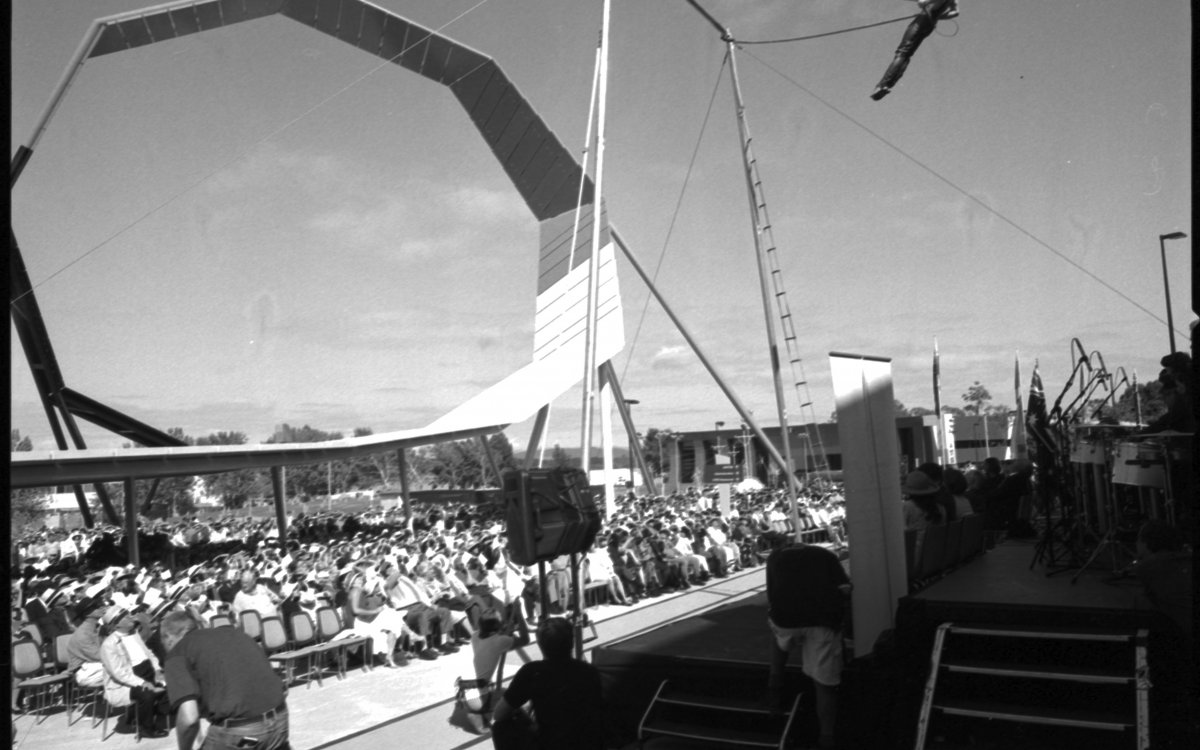
Seselja, Loui, 1948-. (2001). [Flying Fruit Fly Circus trapeze performance at the opening ceremony of the National Museum of Australia, Canberra, 11 March 2001] [picture] / Loui Seselja. http://nla.gov.au/nla.obj-146590891
The circus was also present as an early Australian performance favourite. For more than a century travelling shows such as circuses were the main form of entertainment for Australians across the continent; however, between 1911 and 1996, the proportion of the population living in rural areas declined from 43 per cent to 14 per cent. This demographic change, plus rising transport costs and the introduction of other forms of entertainment such as television and cinemas, contributed to the decline of the travelling circus. In the second half of the twentieth century, as a result of increasing pressure from international movements to stop the trafficking and cruel exploitation of animals, circuses began to include fewer and fewer animals in their performances. The 1960s to the 1990s saw the rise of a new type of human-performance circus, such as Cirque du Soleil, that features theatrical human movement, acrobatics and storytelling in place of more traditional circus acts, such as animals. International circus acts like Cirque du Soleil increasing added Australia to their world tours, but Australia produces many of its own, including the famous Flying Fruit Fly Circus and Circus OZ.
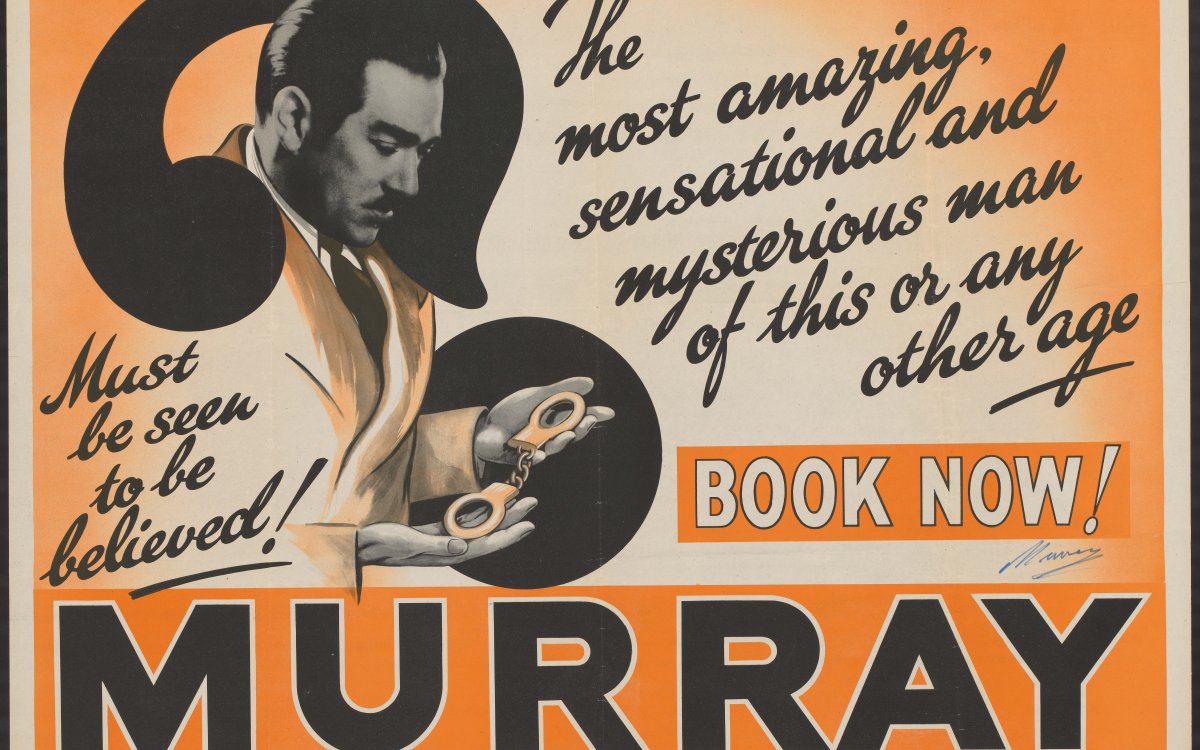
(1920). Murray the most amazing, sensational and mysterious man of this or any other age [picture] : must be seen to be believed! : book now!. https://nla.gov.au/nla.obj-2632287217
Australians have long been amazed by the tricks and illusions of magicians and magic performers. In 1910, world-renowned performer Harry Houdini visited Australia, stunning audiences.
Norman Murray Walters was an Australian-born magician. He gained fame performing Houdini-like escapes and magic shows. He was known by his stage name, Murray the Escapologist, and could escape from almost anything. With death-defying stunts, such as hanging upside-down from a crane in a straitjacket, his powers mystified audiences. The London Times once said he was ‘greater than Houdini’. He became one of Australia’s most famous magicians, and some say he coined the term ‘escapology’.
Vaudeville and Variety Theatre
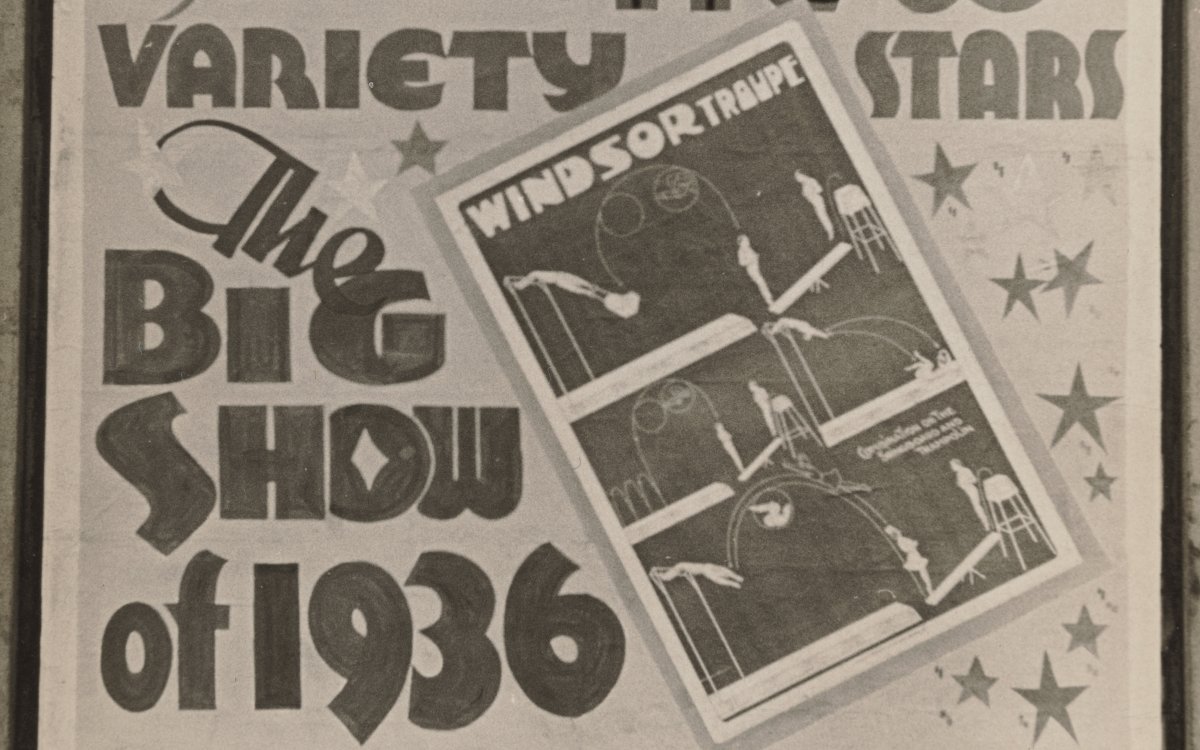
(1936). Frank Neil presents new international variety stars in the Big show of 1936. https://nla.gov.au/nla.obj-2404782107
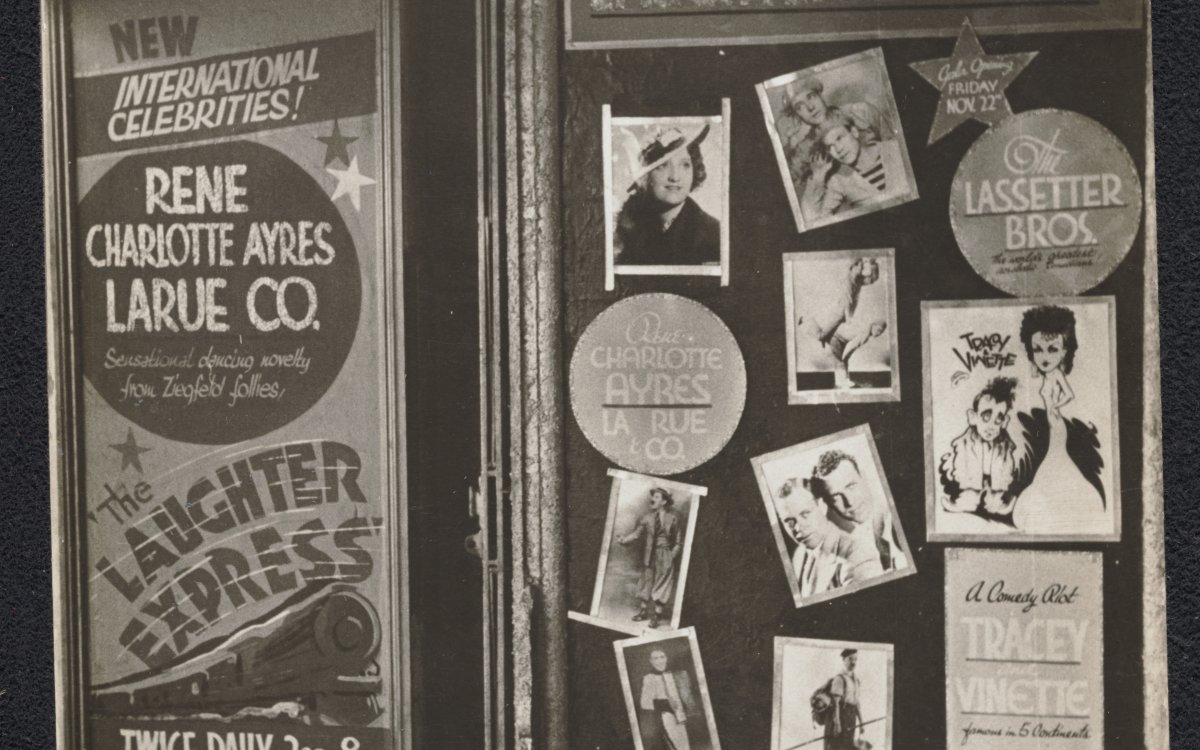
(1936). New international celebrities arrive for The laughter express, 1936. https://nla.gov.au/nla.obj-2405000767
Vaudeville, a type of light-hearted entertainment, and variety theatre came to Australia in the early 1890s. The most popular vaudeville and variety theatres were the Tivoli theatres, started by baritone and comedian Harry Rickards and later managed byJames Cassius Williamson, known as J.C. Williamson. These theatres depended on attracting popular travelling performers: acrobats, ventriloquists, comedians, musicians and dancers. In a time before television, variety theatre proved popular entertainment for the people of Australia; however, once television sets became more widespread and affordable, the variety theatre began to lose its appeal.
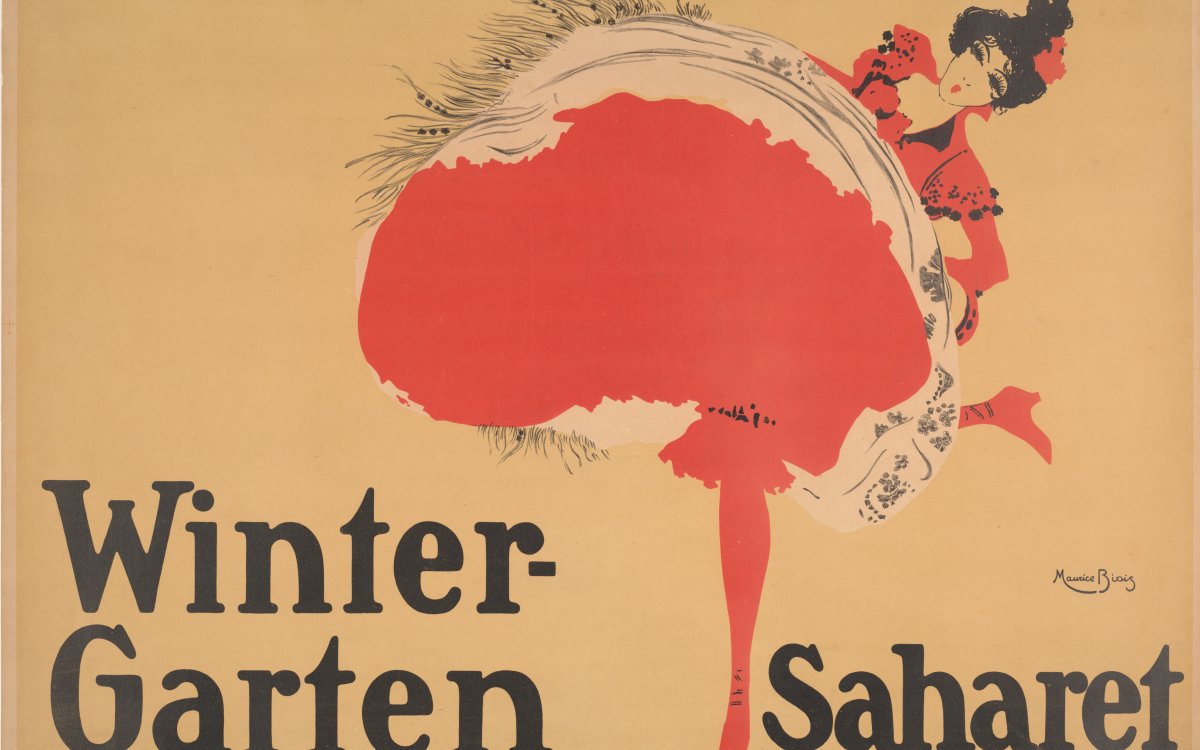
Biais, Maurice, 1875?-1926 & Wintergarten (Berlin, Germany) & Hollerbaum & Schmidt. (1902). Wintergarten - Saharet / Maurice Biais. http://nla.gov.au/nla.obj-355224202
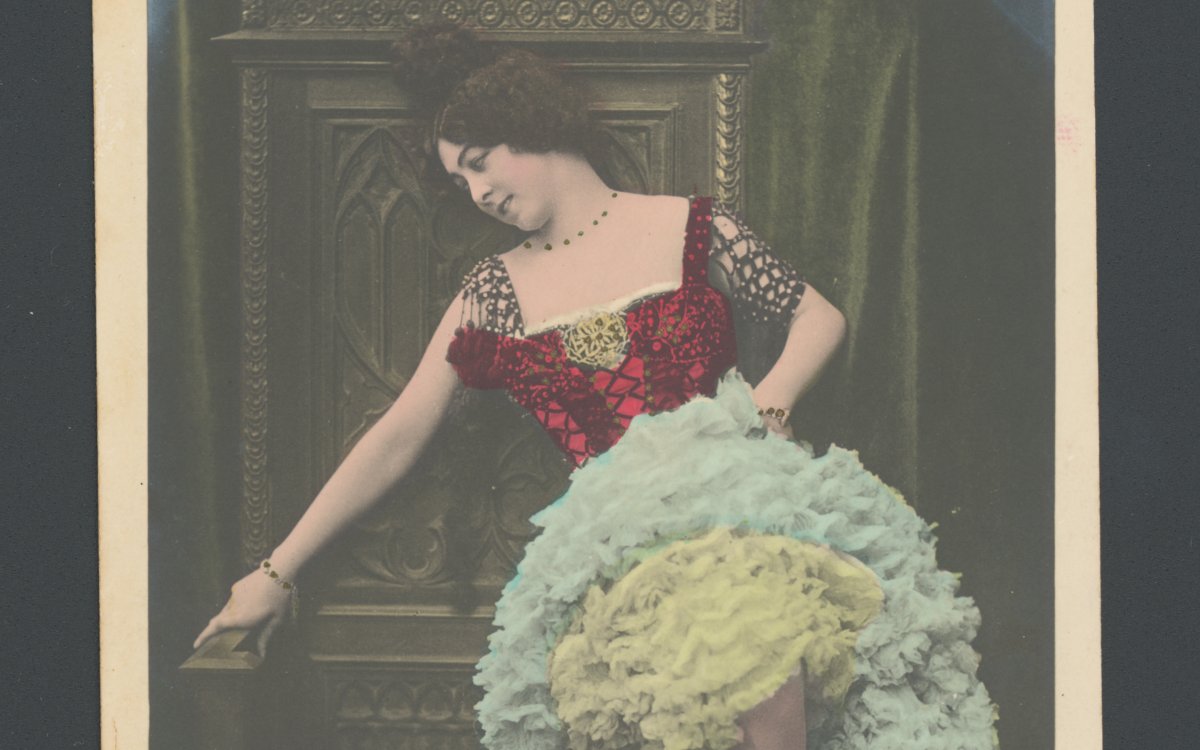
(1890). Saharet [picture]. http://nla.gov.au/nla.obj-145705990
Australian born performer, Paulina Clarissa Molony, professionally known by the stage name Saharet, caused an international sensation as a vaudeville dancer and actress. She was born in Melbourne or Ballarat, Victoria, in the late 1870s. Her mother was of part-Chinese heritage. Her family migrated to the United States when Saharet was young. Saharet performed in the US, Paris and at the Wintergarten in Berlin. In 1913, she returned to Australia. Newspapers in Australia eagerly kept track of her career.
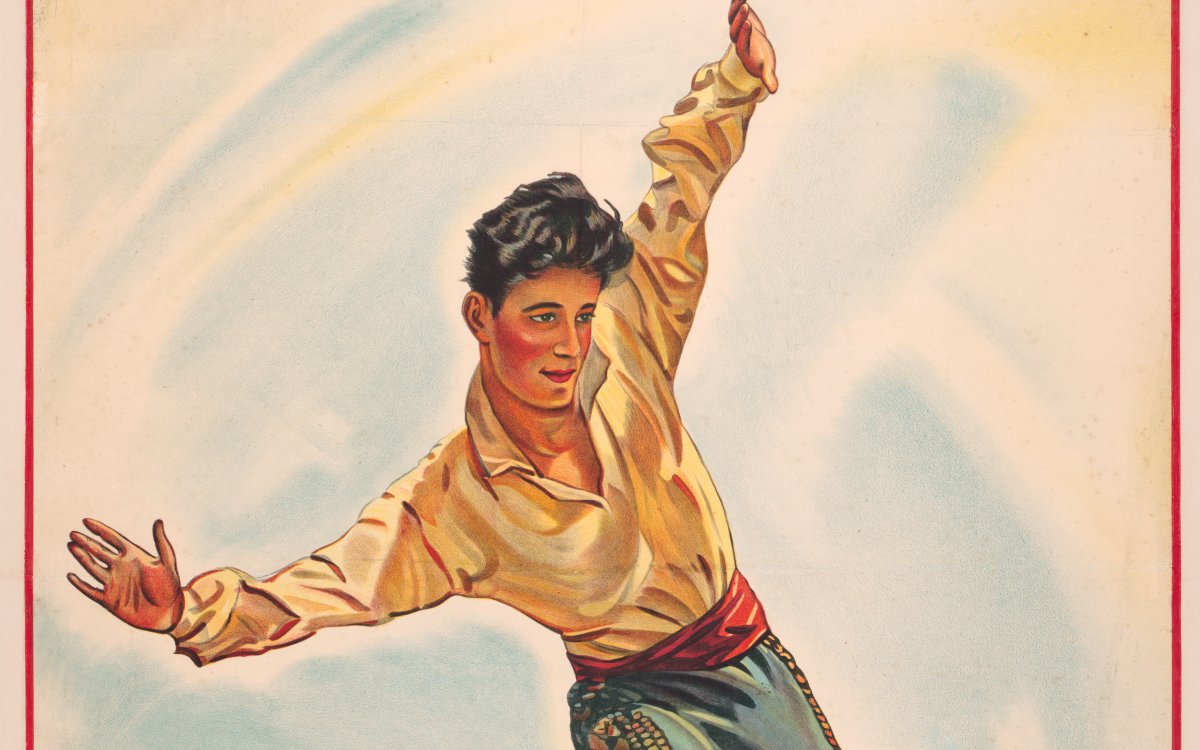
Cole Bros. Circus. (1945). Cole Bros. Circus [picture] : the great Con Colleano, world's greatest wire artist performing forward and backward somersaults on the wire. https://nla.gov.au/nla.obj-136767748
Despite the geographic isolation of Australia, Australian culture has been influenced by a range of other cultures across the globe. It was connected to the wider world through overseas touring companies and performers, and by Australians performing overseas. Con Colleano was an Aboriginal circus performer. He also had African heritage and later adopted a Spanish toreador persona in his performances. In 2004 the Albury-based Flying Fruit Fly Circus produced Skipping on Stars, a show about Colleano’s extraordinary life.
Entrepreneures
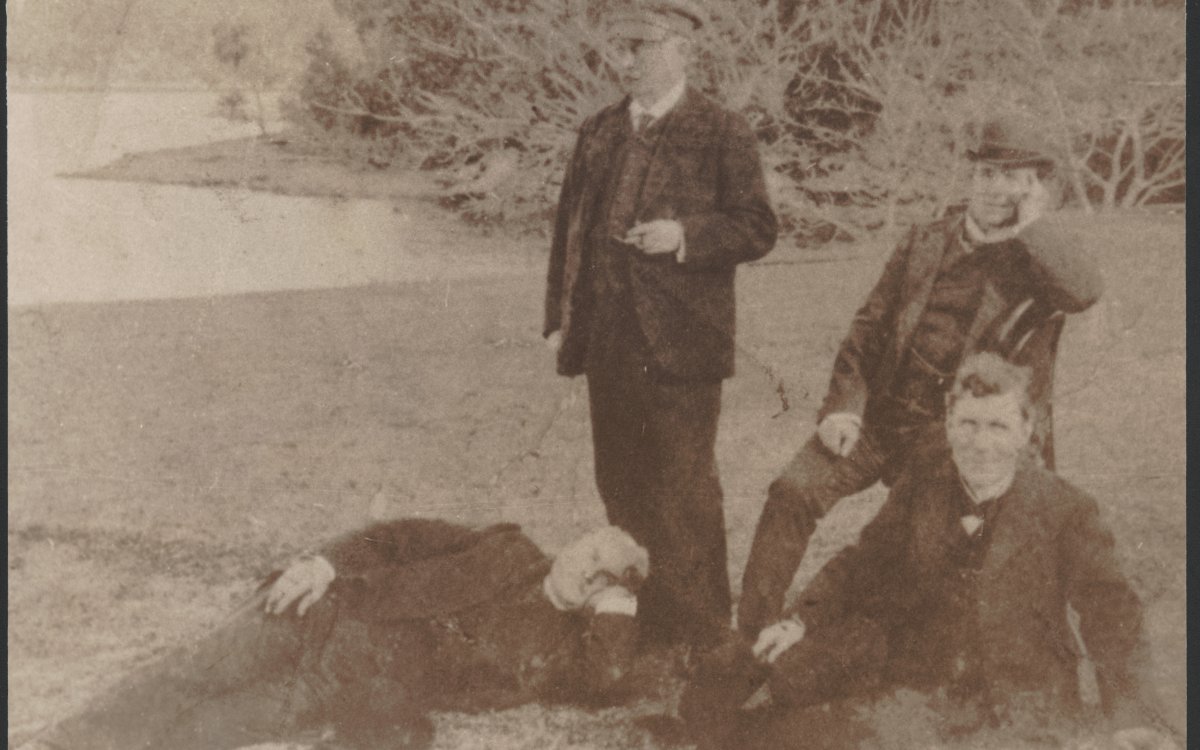
George Rignold, J.C. Williamson, [Harry Rickards and] Bland Holt, [190-?] [picture]. http://nla.gov.au/nla.obj-148776529
Entrepreneurs and businessmen with passion for the arts and deep financial backing were essential to the development of the performing arts in Australia. The mid- to late nineteenth century saw the rise of theatrical entrepreneurs in Australia such as George Coppin, Bland Holt, J.C. Williamson, George Musgrove, Harry Rickards and others. Some of these people managed companies that ran theatres and playhouses; some acted as managers for particular actors and performers; and others were actor–managers, meaning they had the knowledge to not only perform but to manage themselves and other performers. Many letters and items of correspondence between actors and their managers exist and show the day-to-day trials and troubles of the arts scene.
Activities
- Follow the Trove link: https://trove.nla.gov.au/search/category/newspapers?keyword=saharet%20
Have the students search for an article about the performer Saharet and get them to design a playbill based on one of the articles about a performance of the time. Many playbills were printed on fabric as well as paper and parchment. Have students consider emotive language that will entice people to attend the show.
- Investigate the early printing mechanisms that enabled the production of playbills and posters for the early days of the performing arts in Australia. Explore the use of stamping and typeface techniques with a practical lesson using ink and stamps.
- Investigate local theatres or performing arts spaces in your town. Have the students research the history of the building. Use Trove to see if there are any articles documenting the performances that were put on there. Or, if a new building, research what kind of performances are staged there now. If feasible, organise a tour of the theatre to give students an insight into how a performance space works.
